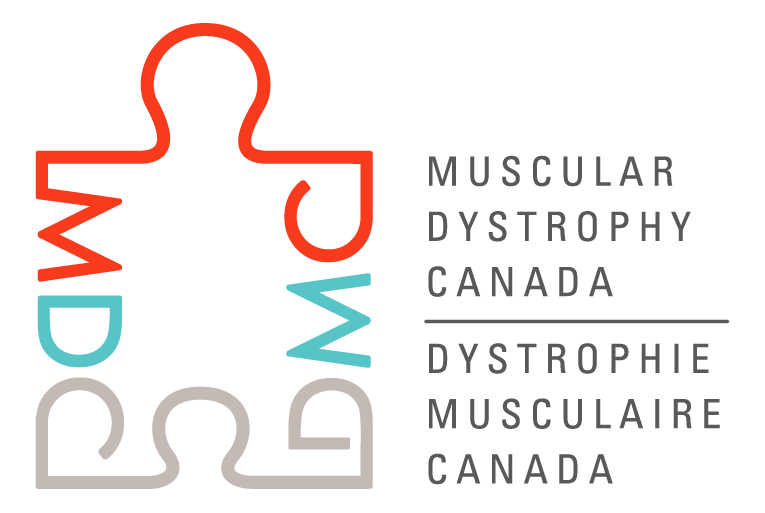Patient preferences in treatments for myasthenia gravis: a DCE experiment
2020
Lead investigator

Dr. Carolina Barnett Tapia
University Health Network
Toronto, Ontario
Collaborators & Co-Investigators
- Dr. Ahmed Bayoumi MD, MSc
Research Sites & Affiliations
- St. Michael’s Hospital, Toronto, Ontario
Budget: $69,100
Disorders: Myasthenia Gravis
Research Areas: Enhance Care
Abstract:Myasthenia Gravis (MG) is a rare condition where individuals impacted experience muscle weakness. This can affect their arms and legs, but also the muscles needed for eating, speaking and breathing, with the risk of dying. With modern treatments, individuals with MG have better health outcomes and reduced risk of death; However, despite current treatments, only 1 in 5 patients are completely symptom-free.
The goal of treatment is to achieve a minimal amount of symptoms with as little side effects as possible. The problem is that currently, we define minimal symptoms and tolerable side effects based on physicians’ and experts’ opinions. We know from other disorders that clinicians’ and patients’ views are often different; however, the preferences of people with myasthenia have not been studied. Given the increasing number of new treatments that are becoming available for this disease, it is important to understand how their use in routine care will improve outcomes that are relevant to patients.
In this project, we will study how people living with MG make decisions regarding new interventions (potential treatments, surgeries etc.), considering the trade-offs between potential side effects, efficacy, and accessibility. We will compare the views of individuals with MG to the views of the physicians who treat them. This study will also serve as a model for other neuromuscular diseases, to understand how patients make decisions regarding new interventions.
Impact:
